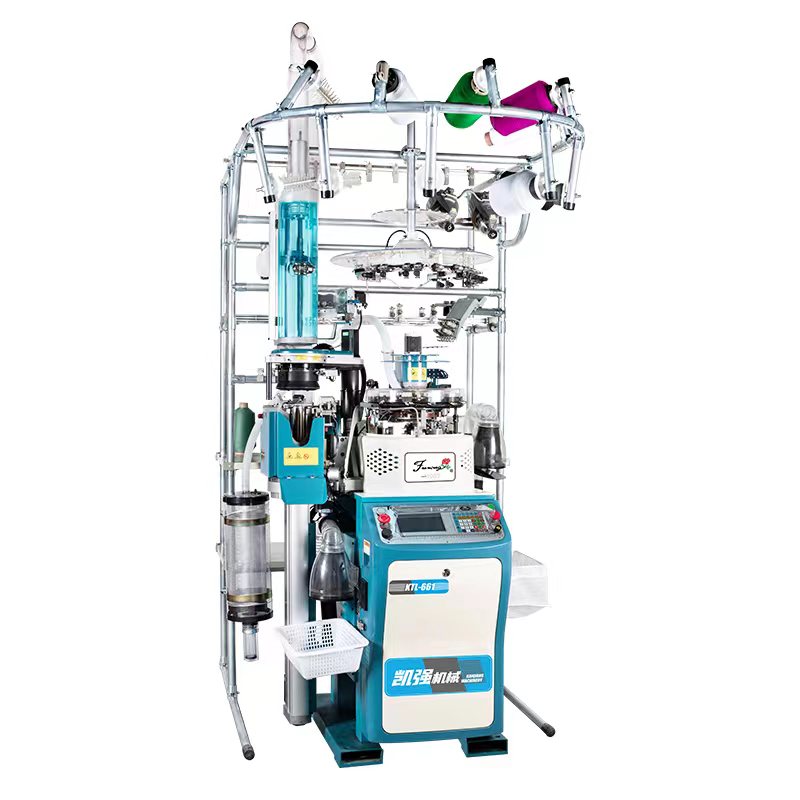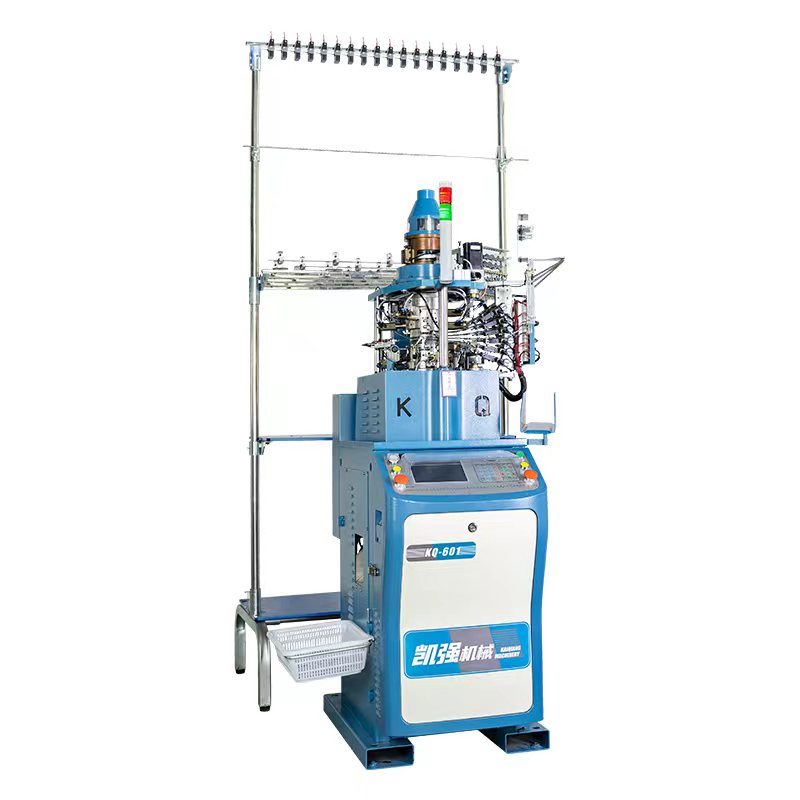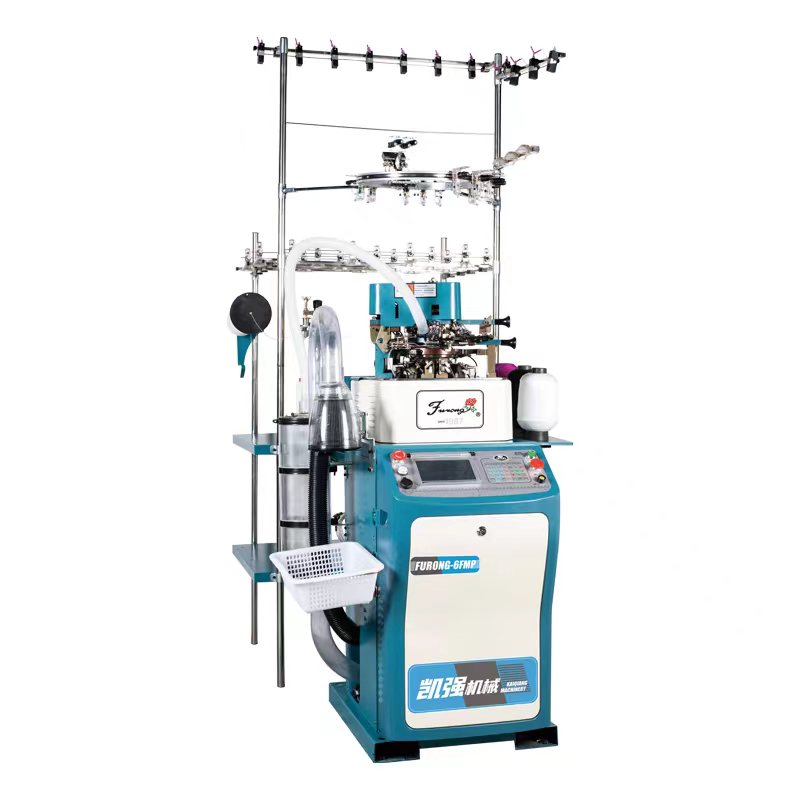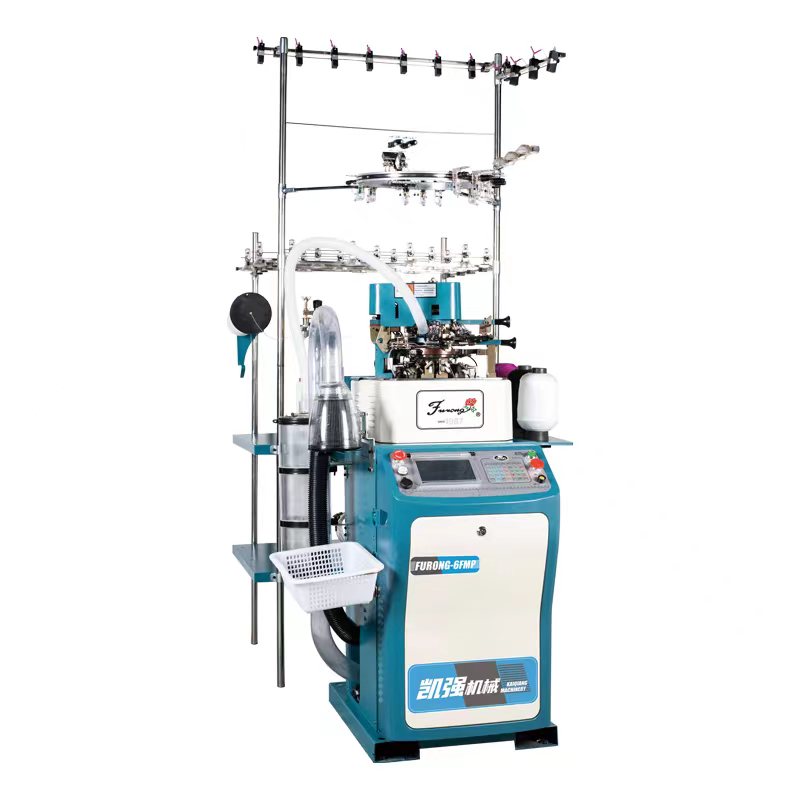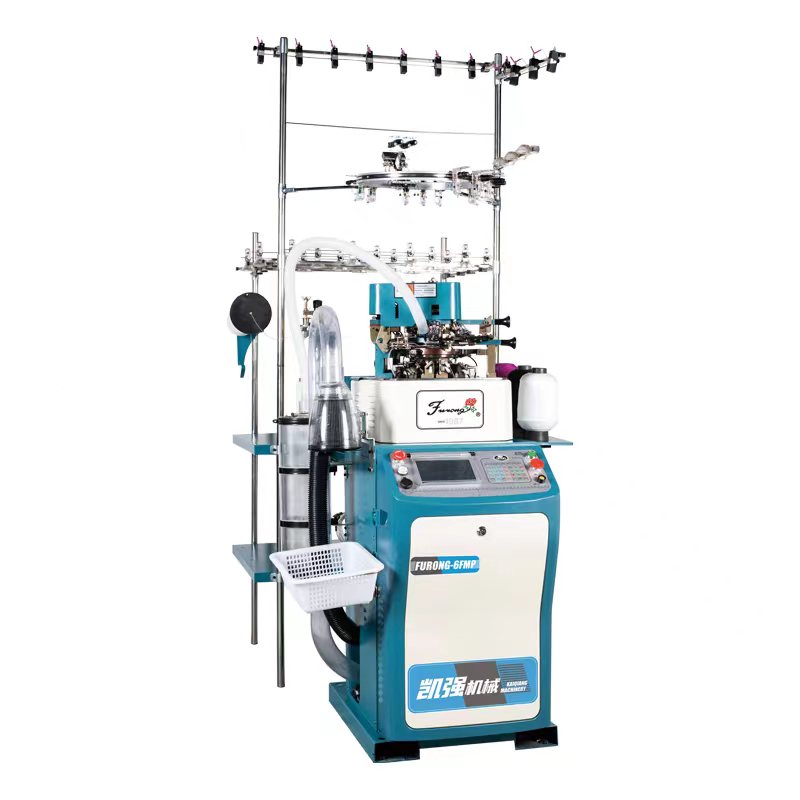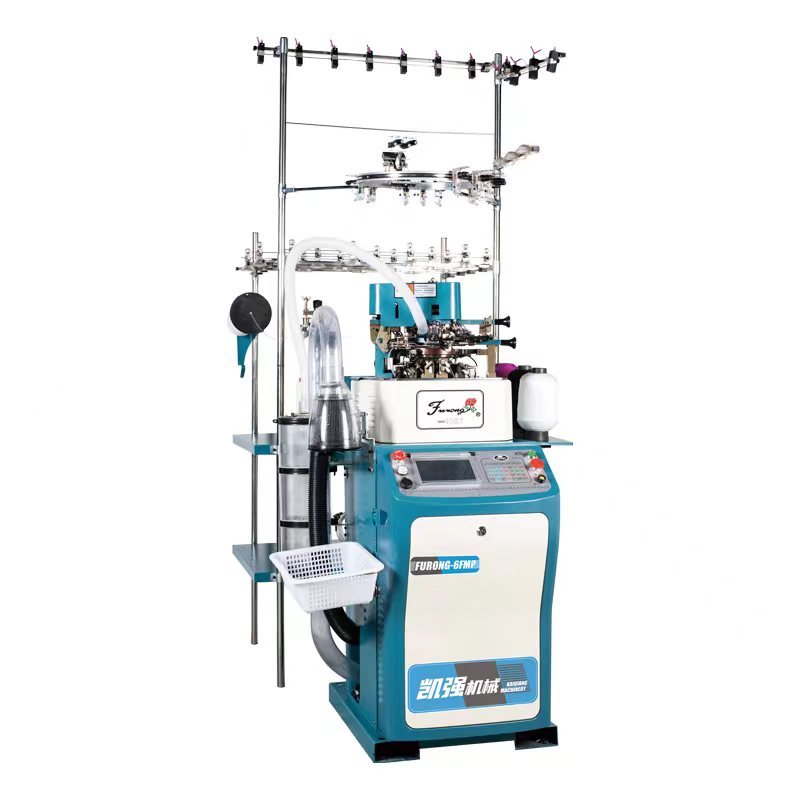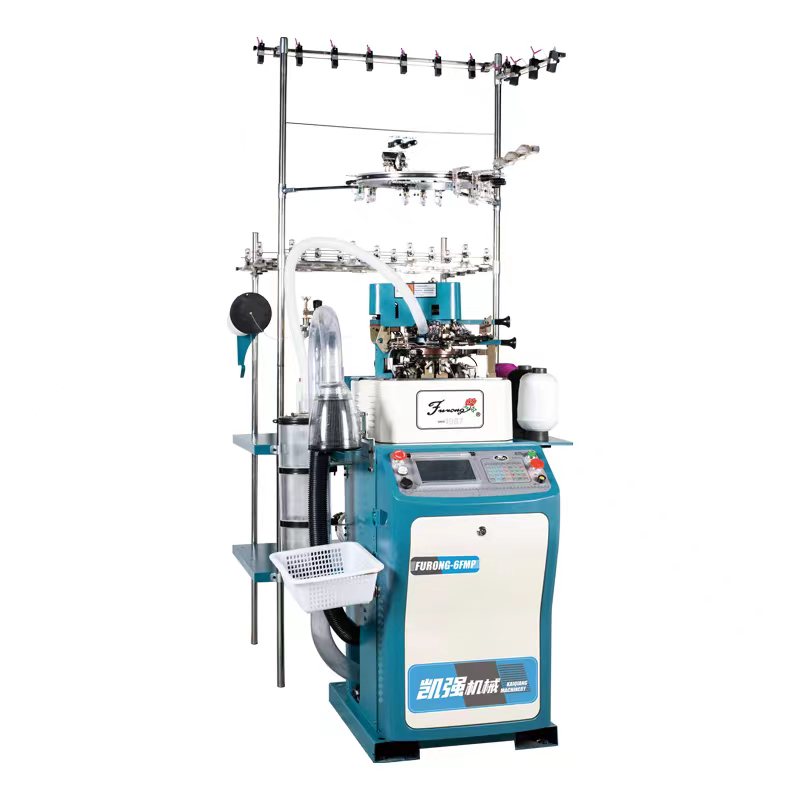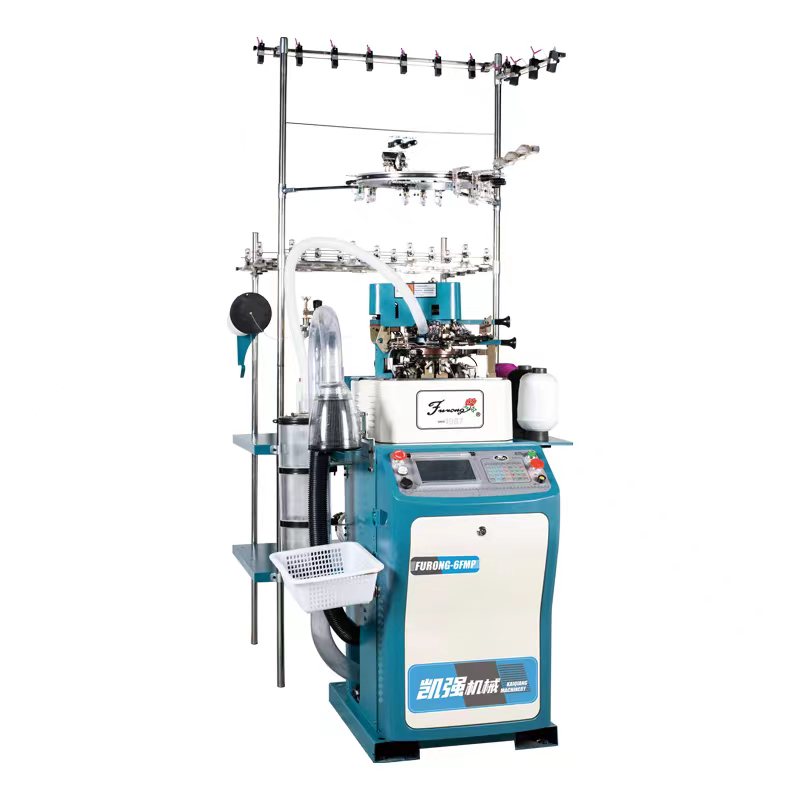Patterns and designs can be programmed and loaded into automatic knitting machines through a combination of computerized controls and specialized software. Here's an overview of the process:
Design Creation:
The first step is to create the pattern or design that you want to knit into the socks. This can be done using computer-aided design (CAD) software specifically designed for knitting patterns. In this software, you can define the sock's design, including colors, stitch types, and any text or images you want to include.
Design File Format:
Once the design is created, it needs to be saved in a compatible file format. Common file formats for knitting machines include STP, DST, and ADF.
Transfer to the Knitting Machine:
The design file is then transferred to the knitting machine. This can be done through various methods, including:
USB Drive: You can save the design file on a USB drive and insert it into the knitting machine's USB port.
Direct Connection: Some knitting machines have the capability to connect to a computer directly via USB or other data transfer methods.
Network or Wi-Fi: In more advanced setups, knitting machines can be part of a network and receive design files wirelessly.
Machine Setup:
Before you start knitting, you need to set up the knitting machine based on the design's requirements. This includes loading the correct yarn and configuring the machine's settings, such as stitch density, color changes, and pattern repeats.
Programming:
Using the machine's control panel or interface, you will select the design file you want to knit. The machine's software will interpret the file and prepare to knit the pattern.
Testing and Calibration:
Before full-scale production, it's often a good practice to run a test or calibration sample to ensure that the design is loaded correctly, the colors are accurate, and the machine is functioning as expected.
Knitting Process:
Once everything is set up and calibrated, the knitting machine will start the production process. The machine will automatically follow the programmed design, knitting the socks according to the pattern's specifications.
Monitoring:
Throughout the knitting process, it's important to monitor the machine to ensure that there are no issues or errors in the pattern. Some machines have sensors that can detect and correct errors automatically.
Finishing and Inspection:
After the socks are knitted, they may require finishing processes such as trimming loose threads, quality inspection, and packaging.
The ability to load and knit custom designs is a significant advantage of automatic knitting machines, as it allows for flexibility in producing various sock styles, colors, and patterns. The process can vary slightly depending on the specific knitting machine and software being used, but the general steps outlined above are common to most systems.

 英语
英语 中文简体
中文简体